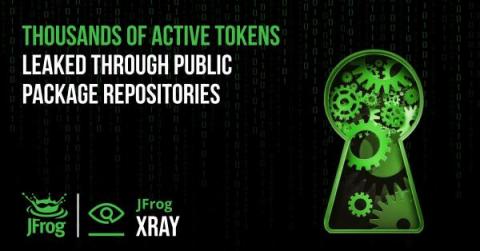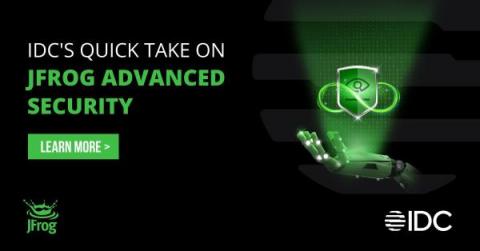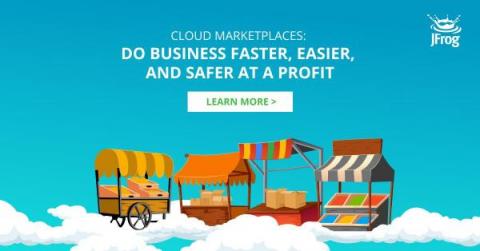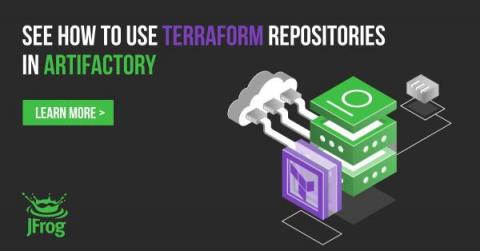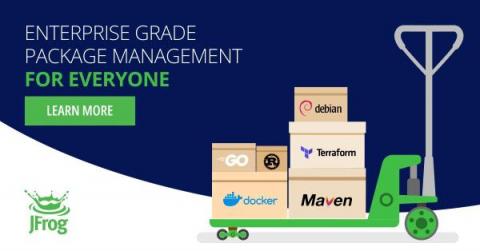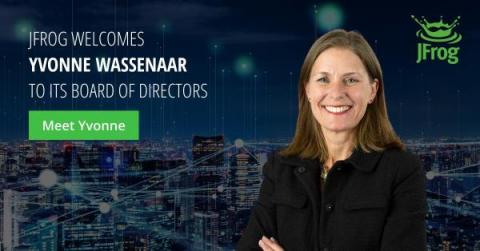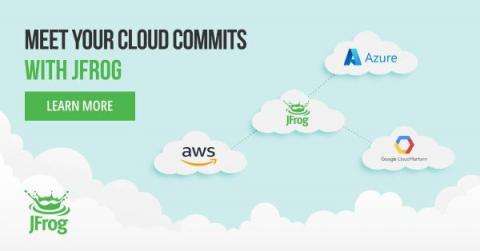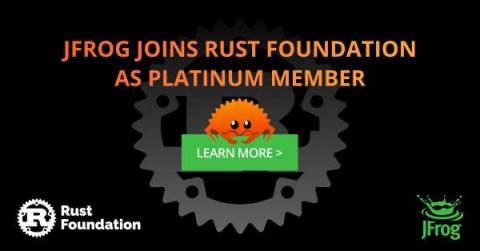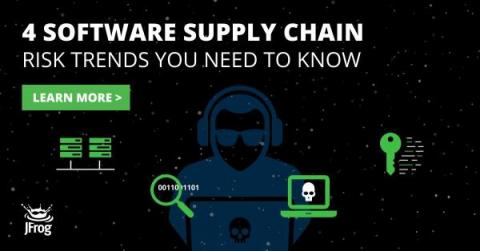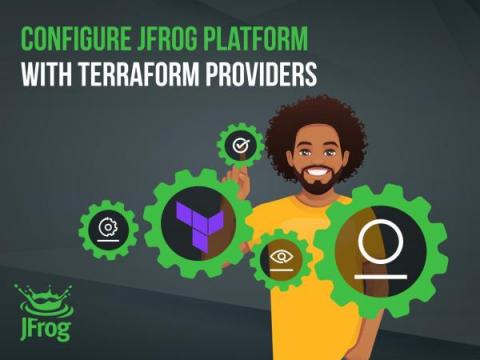Event-Driven Architectures and Cloud DevOps - re:Invent 2022
After two years of virtual and reduced-size events, AWS re:Invent was in full swing for 2022 with over 50,000 attendees — more than double 2021’s in-person attendance. Among the many new service and feature announcements, there were two themes that resonated (re:Sonated?): event-driven architectures and cloud-powered innovation. These uniquely position AWS partners to accelerate their customers’ business transformations.


